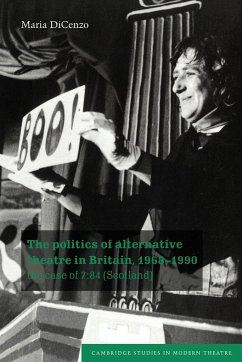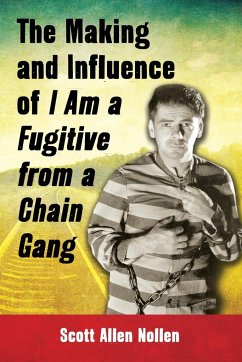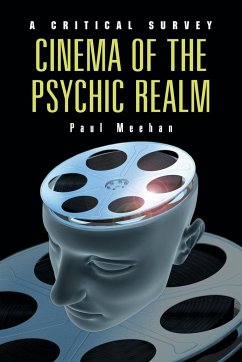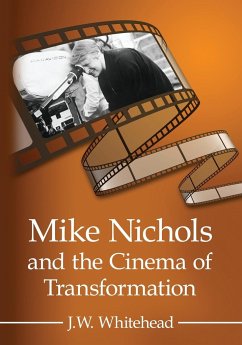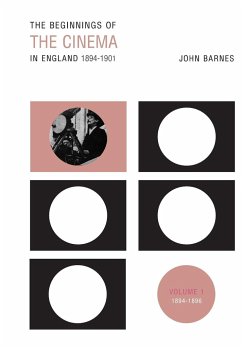
The Making of Alternative Cinema
Versandkostenfrei!
Versandfertig in 1-2 Wochen
36,99 €
inkl. MwSt.

PAYBACK Punkte
18 °P sammeln!
The massive investments made in Hollywood today mandate tight studio controls on mainstream cinema. As a result, one must often look to alternative outlets in order to see a movie intended primarily as art-or even as a sincere effort at entertainment-instead of as a simple source of revenue. Foreign and independent movies thus often play the role of bellwether for the Hollywood studios that are unable to experiment themselves: behind the look of the studio smash Sin City, for instance, was the rigorous pulp style of Road to Perdition; before the sadism and cynicism of many current thrillers an...
The massive investments made in Hollywood today mandate tight studio controls on mainstream cinema. As a result, one must often look to alternative outlets in order to see a movie intended primarily as art-or even as a sincere effort at entertainment-instead of as a simple source of revenue. Foreign and independent movies thus often play the role of bellwether for the Hollywood studios that are unable to experiment themselves: behind the look of the studio smash Sin City, for instance, was the rigorous pulp style of Road to Perdition; before the sadism and cynicism of many current thrillers and horror movies there was the work of Neil Labute; and where would Hollywood's plots be without the harsh, fragmented narratives of Guillermo Arriaga and Alejandro Inarritu? By looking at these films, and at the people who created them,we can obtain a clearer sense of what movies really are at heart, and what they may still want to become. Elaborate measures are thus taken everywhere and at all points to maintain a grip on the public's imagination, but the more adept Hollywood becomes at giving the public what it wants, the less any given studio is able to say anything new or truly innovative. Inside of the United States, this means looking to independent films; outside of the United States, it means filtering through an enormous mass of movies and moviemakers. In Volume 1 of this revealing set, Mario Falsetto presents extended interviews with nine of the most prominent independent film directors working in America today; while in Volume 2, Liza Béar gives prominent international filmmakers the opportunity to address essential issues surrounding creativity and production in a number of different geographical setting and contexts.





